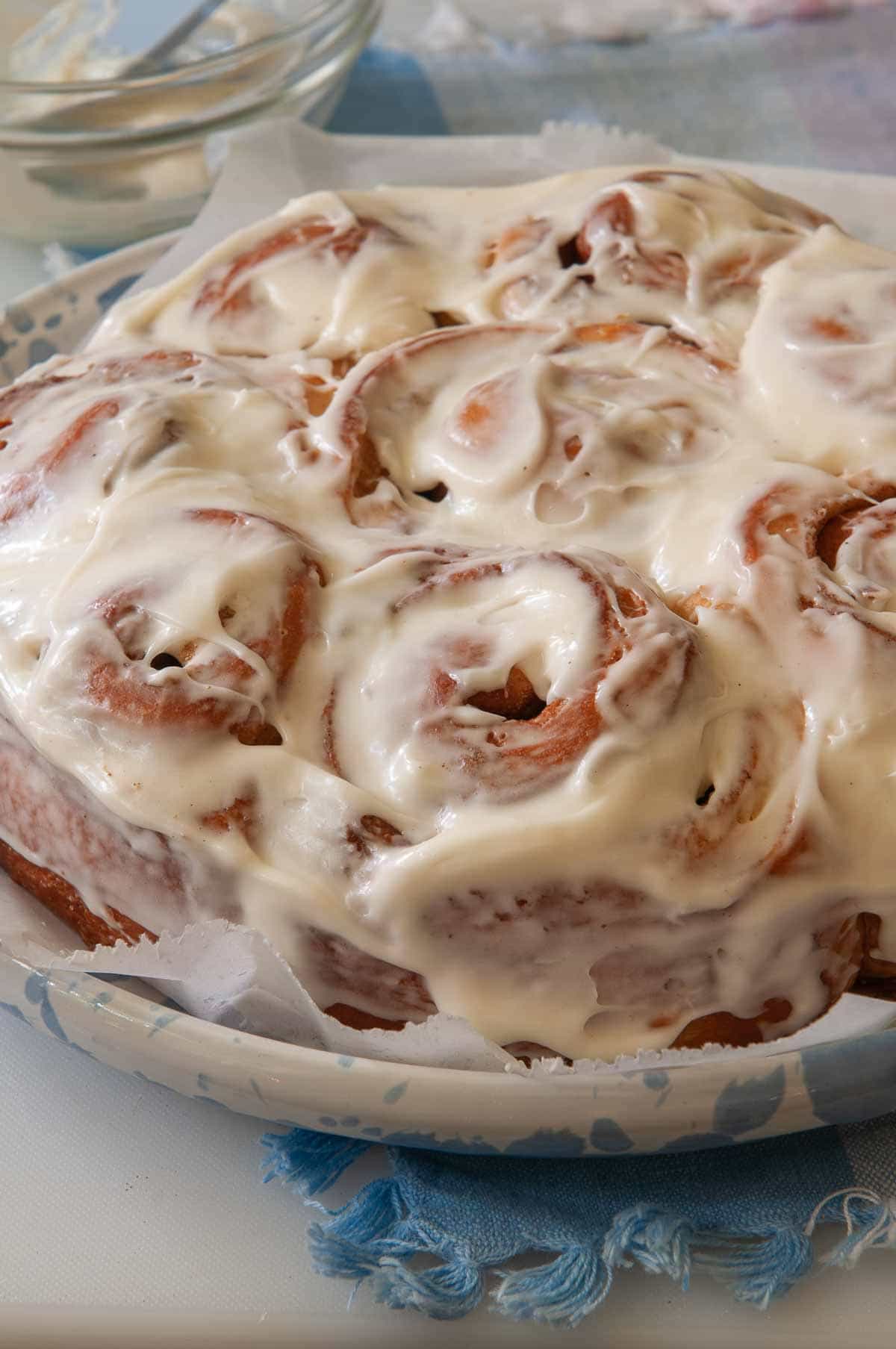Do You Know the Difference Between Bread Flour and All-Purpose Flour?
"Can I substitute all-purpose flour for bread flour?"
It's one of the most common questions people ask when making bread--especially beginners with a new bread machine.
Here are the facts...
All-purpose flour:
- A blend of hard wheat and soft wheat
- 10-12% protein (average is 10-11%)
- Available in bleached (less gluten) or unbleached ( better for bread)
- Results in a softer, finer texture in bread
- When substituted for bread flour, requires less liquid
Bread flour:
- Made from hard wheat (source of most protein)
- 12-16% (usually 14%) protein
- Turns out best when kneaded by machines
- Gluten absorbs more liquid creating a more elastic dough with a chewy and coarser texture
- Adds structure and strength (combine with wheat flour for a sturdier loaf)
Remember, the more protein in flour, the more gluten it contains.
So which flour is best? It depends. Ask yourself these questions.
- Do you want a soft texture or a chewy texture?
- Do you want a fine texture or a more coarse texture?
- Are you making a recipe that needs structure such as a free-from loaf?
Let's make it easy:
- If you want chewy bread for French bread, an artisan loaf, focaccia or pizza, choose bread flour.
- If you want soft and fluffy bread for dinner rolls or sandwich bread, all-purpose works great.
- If you want to incorporate whole grain flours, bread flour will help prop them up.
- Some recipes can go either way (like pizza dough). In other recipes, bread flour is essential, especially in bread that is free-formed and not baked in a pan.
Just this morning, I tried substituting the flour in my Tangzhong dinner roll recipe as seen above. I wanted to maintain their soft and fluffy texture while adding whole grains.
I chose the best all-purpose flour I have with 11.7 percent protein, (almost like bread flour). Then I substituted one cup of whole wheat flour for a cup of all-purpose flour. This ratio of 240 grams of AP flour + 120 grams of whole wheat flour preserved the texture but gave me more fiber along with a mild wheat flavor. Score!! (These would be delicious for a holiday meal.)
| Japanese Milk Bread Dinner Rolls |
I hope you find this helpful the next time you are considering a flour substitution. One thing for sure--when it comes to yeast bread, using a different flour than specified will change the final product, but it doesn't have to be bad if you make decisions based on knowledge.
Wishing all of you a Happy Easter and a Blessed Holiday. Thank you for your interest, kindness, and sharing.
With love and appreciation,
Paula
Salad in a Jar
Check out my previous newsletters below. If you haven't already, sign up for my newsletter!
No matter where you are on your bread-making journey, I’ve got a Christmas-morning-worthy recipe for you — whether you’re baking for brunch, snacks, or something sweet to nibble while the coffee brews. Beginning Bread Bakers Start Here: Easy Bread Machine Cinnamon Rolls with a Secret Ingredients A great make-ahead option for beginners. Mix the dough the day before and bake in the morning. The secret? A tiny pinch of cloves (optional) that adds warmth without shouting. Click to see the recipe...
Hi Friends, My mom was ahead of her time when she engaged in a little DIY aversion therapy with my pre-teen self. One day, I asked if I could make a full batch of Butterscotch Refrigerator Cookies purely to eat the dough. After a moment of hesitation, she said, “Go right ahead.” So I did… and I ate most of it right on the spot. Not surprisingly, I never made that recipe again. These days I stick to cookies I actually enjoy baked—one at a time, mostly 😉—like my Slice and Bake Coconut...
Hi Friends, If you’re planning to make rolls this Thanksgiving, especially from an old family recipe, here’s a quick PSA before the flour starts flying. Many of those heirloom recipes are long on love and tradition but short on modern measurements—and definitely not written with bread machines in mind. Don’t let that stop you. Just keep these two things in mind as you adapt them. 1) Watch the flour amount. Most bread machines (except 3-lb machines) can't handle more than 4-4½ cups of flour....
